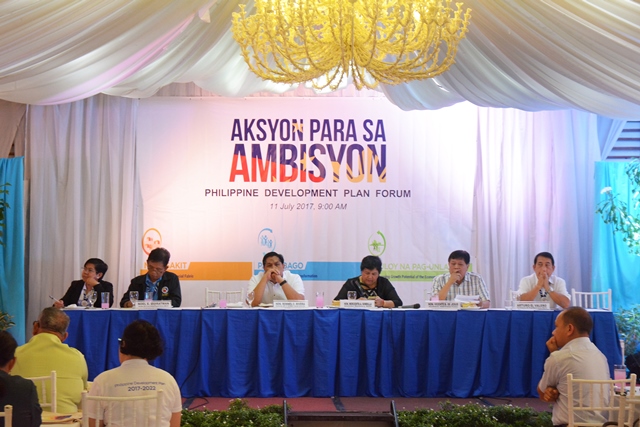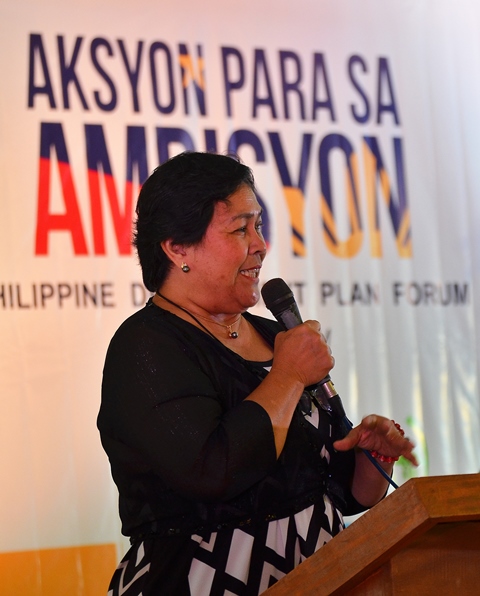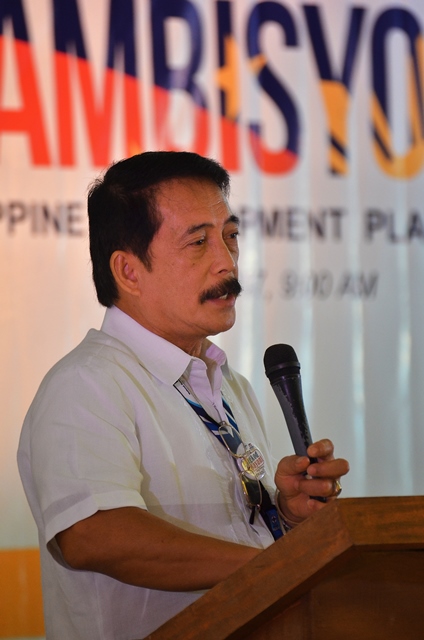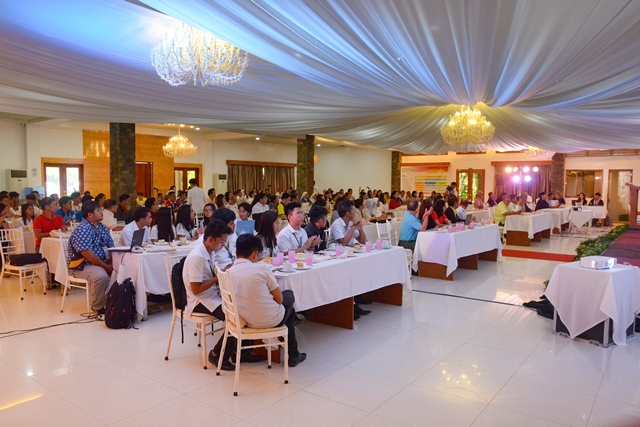
KORONADAL CITY – The National Economic and Development Authority launched the Regional Development Plan (RDP) for Region XII (SOCCSKSARGEN) in its local Philippine Development Plan Forum on July 11.
The RDPs are development blueprints of the country’s regions patterned after the national plan, or the Philippine Development Plan (PDP) 2017–2022.

SOCCSKSARGEN’s RDP identifies 10 priority medium-term strategies focusing on Peace, Environment, Infrastructure Development, and Safety and Resiliency.
These are (1) transforming agriculture into a competitive agribusiness industry; (2) ensuring equal opportunities to basic, higher, and technical-vocational education for all school-age children; (3) improving social infrastructure and engaging basic service workers; (4) building community resiliency; and (5) putting up infrastructure that integrate DRR-CCA measures.

It also includes (6) improving public financial management; (7) sustaining and supporting government’s peace initiatives; (8) integrating different land use plans into the Comprehensive Land Use Plan; (9) rehabilitating degraded natural resources; and (10) providing opportunities in technical education and skills development.
The RDP also employs a regional spatial strategy framework—or the Sustainable Agri-industrial Development Strategy (SAIDS).

The spatial strategy seeks to improve the agriculture sector and promote inter-province connectivity by developing three main corridors—the Cotabato City-Kidapawan Corridor, the Isulan-General Santos Corridor, and the Lebak-Maasim-Alabel-Glan Corridor.
The SOCCSKSARGEN region covers South Cotabato province, Cotabato City, Sultan Kudarat, Koronadal City, Sarangani, and General Santos City.
Its economy is driven by services and industry while shares of agriculture and forestry have recently been in decline.
“We hope to reverse this trend and transform the Region’s agriculture sector into a competitive industry. SOCCSKSARGEN is endowed with extensive coastlines, valleys and mountain ranges, and is well known for its fertile lands and rich fishery and aquatic resources. It is also one of the typhoon-free regions in the country,” said NEDA Assistant Secretary for Regional Development Mercedita A. Sombilla in her keynote address.
“By giving special attention to increasing agriculture production, particularly high value crops like coffee, banana, pineapple, palm oil and tuna, as well as developing community-based enterprises, the region will be able to sustain economic growth,” she added.
SOCCSKSARGEN recorded a 5 percent GDP growth in 2016 from 3.3 percent growth the previous year. The Region accounts for 18.3 percent of total Mindanao GRDP, and 2.6 percent of the country’s GDP.
However, according to the RDP, poverty remains to be the region’s greatest challenge. Along with this, other development constraints include environment degradation and fragile peace, public order and security.
“Regional development and inclusive growth are foremost in this administration’s agenda. With the PDP and the Regional Development Plan, we will see to it that poverty is reduced, especially in the lagging provinces, cities, and municipalities,” said Sombilla.
Other regional roadshows are slated until August, including Western Visayas (July 14), Northern Mindanao (July 18), Cagayan Valley (July 26), Zamboanga Peninsula (July 27), Central Visayas (July 31), and Caraga (August 1).
These come after the launch of the PDP last June 2 in an event titled, “Aksyon para sa AmBisyon: The Philippine Development Plan Expo.
DIS-PRD, loc. 103
Photos by DIS-MD
